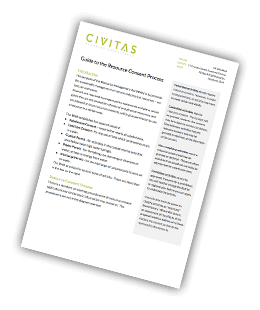Boundary Activities
By Penny Anson
In May 2016, we reported that changes were in store for the resource consent process. At that time, a bill was before parliament to introduce changes to the Resource Management Act (“RMA”). That bill become law in April 2017.
The majority of changes in the Resource Legislation Amendment Act 2017 (“RLAA”) come into force on 18 October 2017 and aim to deliver a more streamlined consent process.
Over the next few months we will provide an overview of how these changes will impact the preparation and processing of resource consent applications. This blog focuses on “boundary activities”.
In order to reduce the number of activities requiring resource consent, a new activity has been introduced. Boundary activities will no longer require resource consent if the neighbour of the ‘infringed boundary’ provides written approval.
A ‘boundary activity’ is:
- An activity which requires consent for the infringement of one or more boundary rules. A boundary rule sets out the required distance between a structure and the boundary or the dimensions of a structure in relation to its distance from the boundary. Some examples include: height in relation to boundary rules, side and rear yard setback rules and fence rules.
- An activity which does not require resource consent for any other reason.
A ‘boundary activity’ is not:
- An activity which requires consent for an infringement along a public boundary, that is a boundary which adjoins roads, esplanades, council or crown owned land.
- An activity which requires consent for an infringement to the building coverage, maximum height or other land use rules.
If the infringement of the ‘infringed boundary’ extends to the corner of the site then written approval is needed from owners of all properties with a boundary that intersects with the corner. Occupier approval is not required.
If the infringed boundary is next to a ‘private way’, then written approval is only required from the property owner on the opposite side of the ‘private way’. The Ministry for the Environment has confirmed that written approval will not be required from the owner of the private way or any party who has an easement or right of way over that land.
Boundary activities are permitted activities under the RMA if:
- The person proposing to undertake the activity provides certain information to the consent authority;
- The owner(s) of the allotment(s) along the infringed boundary give their written approval; and
- The consent authority provides written notice that the activity is permitted.
The consent authority has 10 working days to provide notice confirming the activity is permitted. The statutory working day ‘clock’ cannot be stopped if further information is required. The council can extend working day timeframes.
The boundary exemption lapses after five years if it has not been given effect to.
The removal of boundary activities from the standard resource consent process, combined with other consent exemption processes (to be discussed in a future blog), should provide time and cost efficiencies for property owners and consent authorities. Councils should, in theory, be able to focus on applications which require substantive assessment, that is those which have potential adverse effects beyond neighbouring properties and for effects that neighbours are not willing to give written approval for. We note this outcome is dependent on the willingness of neighbouring property owners to sign off non-compliances to district land use rules.
The full impact of boundary activities and other consent exem
ption processes on the preparation and processing of resource consents will become apparent after October 2017 when the amendments come into force.

